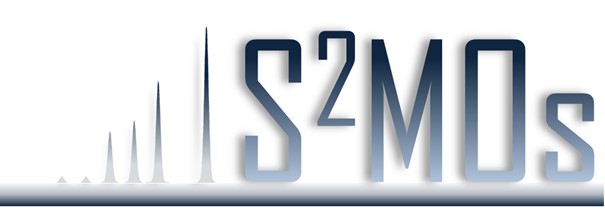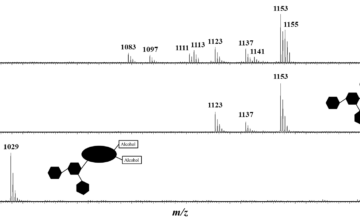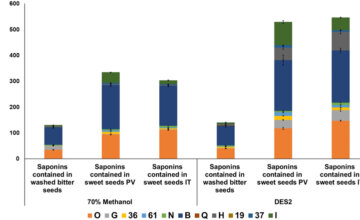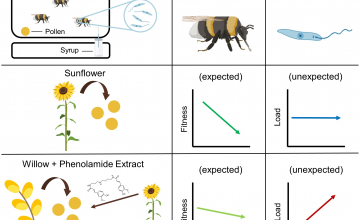New article in Insects on the relationships between bees and flowers in collaboration with Maryse Vanderplanck
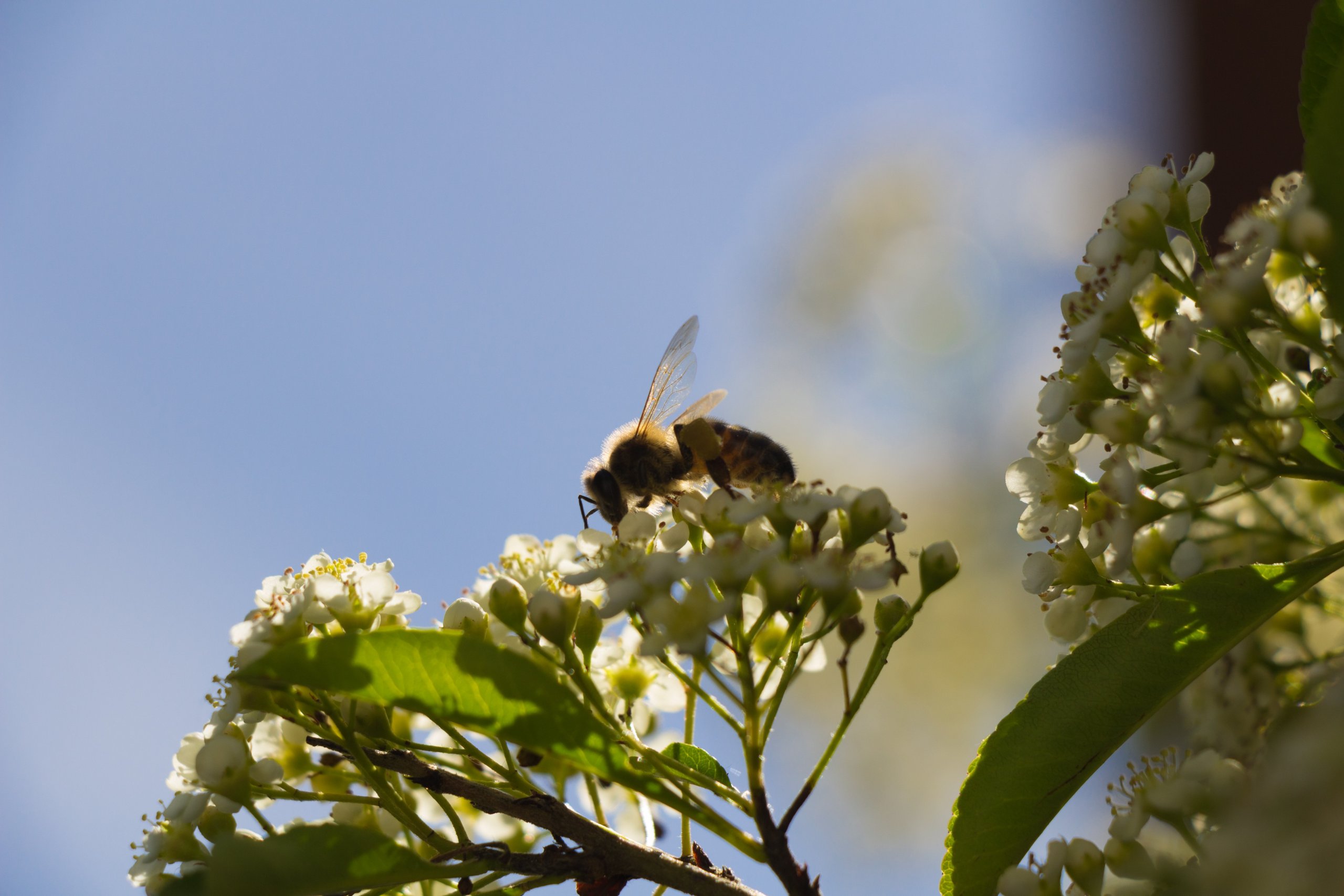
Excessive pollen harvesting by bees can compromise the reproductive success of plants. Plants have therefore evolved different morphological structures and floral cues to narrow the spectrum of pollen feeding visitors. Among “filtering” mechanisms, the chemical and mechanical protection of pollen might shape bee-flower interactions and restrict pollen exploitation to a specific suite of visitors such as observed in Asteraceae. Asteraceae pollen is indeed only occasionally exploited by generalist bee species but plentifully foraged by specialist ones (i.e. Asteraceae paradox). During our bioassays, we observed that micro-colonies of generalist bumblebee (Bombus terrestris L.) fed on Taraxacum pollen (Asteraceae) reduced their pollen collection and their offspring production. Bees also experienced physiological effects of possible defenses in the form of digestive damages. Together, our results suggest the existence of an effective chemical defense in Asteraceae pollen while the hypothesis of a mechanical defense appeared more unlikely. Pre- and post-ingestive effects of such chemical defenses (i.e. nutrient deficit or presence of toxic compounds) as well as their role in the shaping of bee-flower interactions are discussed. Our results strongly suggest that pollen chemical traits may act as drivers of plant selection by bees and partly explain why Asteraceae pollen is rare in bee generalist diet.
In the present study, mass spectrometry experiments were conducted to achieve the chemical profiling of the pollen secondary metabolites.

